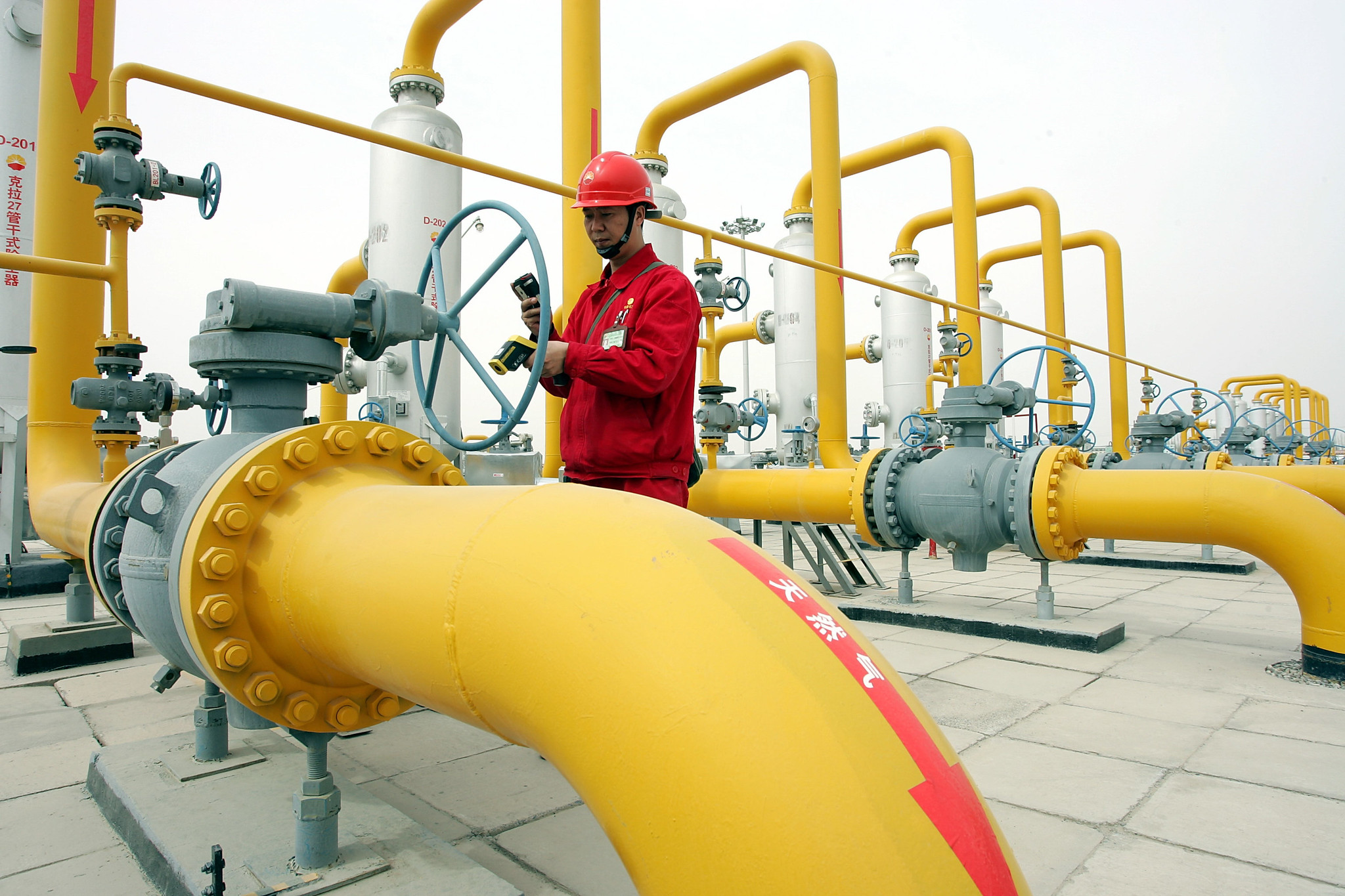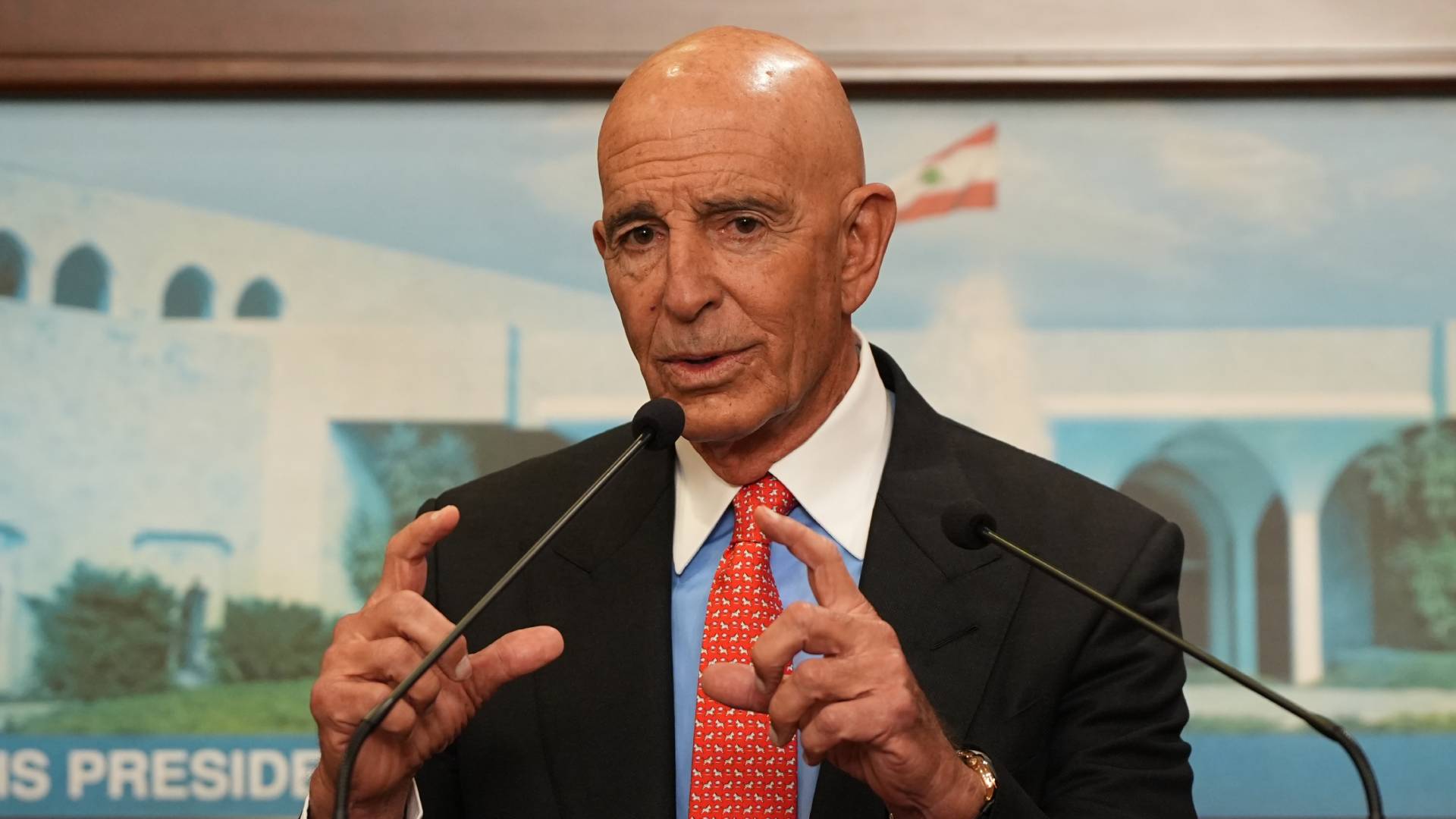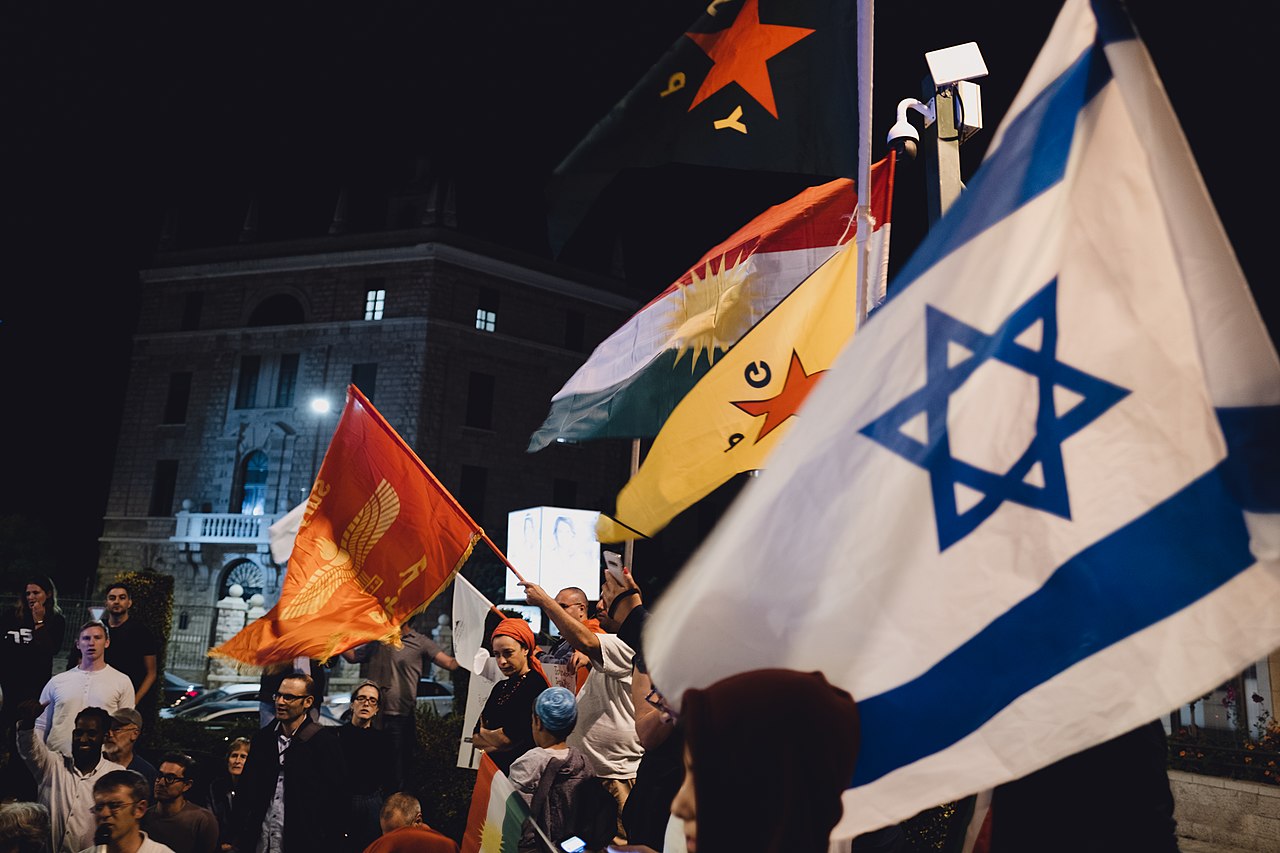Between Oil, Stability and Neutrality: China’s Role in the New Middle East

Photo credits: Asian Development Bank / Flickr (CC BY-NC-ND 2.0)
Photo credits: Asian Development Bank / Flickr (CC BY-NC-ND 2.0)
Since it first announced its Belt and Road Initiative (BRI) on September 7th 2013, China started to move from a distant economic partner to an active strategic actor in the world and in the Middle East, particularly. China’s rise combines commercial interventions in sectors such as oil, liquefied natural gas (LNG), infrastructure, and technology, selective security engagement through mediation and trade in arms and technology, and a normative posture that prizes sovereignty, stability, and development. That attitude manifested through the official slogan “communities with a shared future”.
In the Middle East, China deals with rival camps across geopolitical and cultural lines without publicly choosing sides.
In the Middle East, China deals with rival camps across geopolitical and cultural lines without publicly choosing sides. Unsurprisingly, that same attitude produces tensions—it limits China’s ability to press on political agendas, risks entanglement in local power dynamics, and sometimes accelerates militarization through arms and technical transfers. So what does China want?
China has multiple strategic priorities in the Middle East. The country aims to secure energy supplies, safeguard trade routes and the maritime logistics restrictions, promote market access for Chinese industry and technology, and protect the global rollout of initiatives such as the BRI. Essentially, this strategy could map onto long-term oil and LNG contracts, infrastructure finance, port logistics deals, and technology exports (including telecommunication and surveillance), while increasing security ties through equipment, drones, and limited basing port roles. China’s strategy is to turn commercial time into geopolitical weight. For instance, China is, on the one hand, deepening its commercial relationship with Saudi Arabia, one of its largest oil suppliers and a partner for downstream petrochemical projects. On the other hand, the 2021 Iran–China comprehensive cooperation framework binds Tehran more closely to Beijing economically and strategically. Those deals make it easier for China to be influential across the Shi’a–Sunni divide.
This strategy shows that China is clearly interested in the policy of non-interference.
This strategy shows that China is clearly interested in the policy of non-interference. It officially promotes principles of sovereignty and non-interference,framing its outreach under diplomatic slogans such as “communities with a shared future”. That language facilitates wide access, as the message is attractive to regimes that prioritize stability and developmental capacity over political liberalization. At the same time, China has quietly been expanding a pragmatic security and diplomacy footprint in the Middle East. While it sometimes acts as a peace mediator, such as in the Saudi–Iran detente of March 2023, at other times, it emerges as a supplier of arms or dual-use technology. Instead of public confrontations, the country often opts for diplomatic pressure or abstentions at the UN. As such, while China’s policy rhetoric emphasizes restraint, its practice increasingly blends restraint with pragmatic engagement where Chinese interests are at stake.
As a matter of fact, China’s economic strategy in the Middle East explicitly crosses religious and sectarian divides.
As a matter of fact, China’s economic strategy in the Middle East explicitly crosses religious and sectarian divides. For instance, most of the oil and investments in the Gulf are in the hands of Sunni monarchies. China has deep, expanding energy and investment ties with Saudi Arabia and other Gulf states, including joint schemes and large downstream projects. At the same time, on the Shi’a axis, it signed a long-term framework with Iran in 2021 that includes energy, infrastructure, and security cooperation. China is also a major buyer of Qatari LNG and a growing investor in the Eastern Mediterranean. It holds sizable commercial interest in Israeli ports and infrastructure. Practically, China can craft bilateral bargains that bypass religious and sectarian alignment. Such leverage is what allowed China to step into a diplomatic broker role in 2023 when Saudi–Iran ties were restored. China’s balancing act seeks stability to protect commerce and hedges against isolation by keeping ties with both camps rather than endorsing one. This proves to be instrumental in a context in which intra-Sunni rivalries generate ideological, commercial, and geopolitical disputes. Within the Sunni bloc, Turkey, Qatar, and Saudi Arabia all maintain economic relations with China despite occasional political tensions between themselves.
Its approach to the situation in Israel–Palestine reflects both China’s limits and ambitions. Economically, China is a major investor and business partner for Israel, even as it rhetorically supports Palestinian statehood. Practically, China makes balanced calls for a two-state solution, while keeping strong ties with Israel’s economy. This dual approach enhances China’s role as a possible mediator but exposes credibility-related tensions. Nonetheless, China’s ideological export is subtle and pragmatic. Its discourse revolves around sovereignty, order, infrastructure-led development, and win-win cooperation with all. This is attractive to regional authoritarian elites who prioritize regime survival and development over democratic reform. China does not display interest in interfering in the internal issues of the states in the region. While this may arguably benefit the states, it is likely to undermine China’s standing among regional populations.
As such, through its approach, China is insulating and strengthening authoritarian resilience in ways that entrench grievances. Moreover, its arms exports and surveillance technologies can take conflict dynamics to different levels, leading China into a direct involvement in the Middle East’s new crises. And while its neutral approach through economic partnership gives China access to the position of a credible mediator across different axes, the direct influences of other global powers—especially the USA, Russia, and the EU— keep China’s role limited in scale. Finally, China’s support and ties with Iran and its allies in the region put it on a collision course with Western security priorities.
Thus, China’s role in the new Middle East can be read as pragmatic and transactional. It places trade and energy security above ideology, cultivating relationships across religious, tribal, and sectarian divides, and increasingly playing diplomatic roles when its interests align. This gives China influence and makes it a useful interlocutor, but it also creates contradictions that limit its capacity as a stabilizer. Although China wins contracts and access, the power’s long-term effects on stability and dependence in the Middle East remain uncertain.
Seevan Saeed
Seevan Saeed is an Associate Professor in Area Studies at Shaanxi Normal University, China and Lecturer at Rojava University, Syria. He received his BA degree in Sociology and MA in Social Policy at the University of Wolverhampton,UK. He gained a PhD in Middle East Politics at the University of Exeter in 2015. He has delivered lecturers in domestic and international universities since 2015. He published articles and papers in six languages on social and political issues in the Middle East and beyond.




